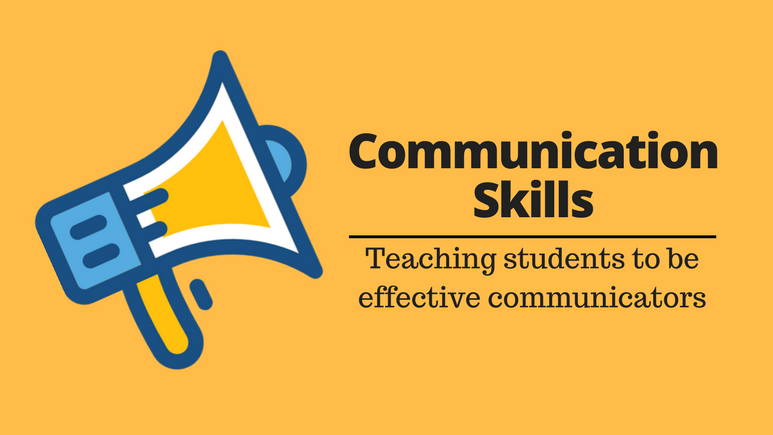
We all have that one colleague that writes emails the same way they speak. If they’ve had a bad day, you can read it loud and clear in their latest email.
It’s even worse when it comes to the really important emails.
Like that time when they submitted a request to the school’s administrator on behalf of your department. It had so much attitude you couldn’t help but cringe… there was no way the request would be approved after an email like that!
Good communication skills are crucial to saving friendships, advancing in careers, and so much more. Yet they aren’t explicitly taught in school.
And these days, with mobile phones and social media, kids are starting written communication earlier than ever before. By the common ‘stream of consciousness’ form, the lack of training is evident.
“are you serious? omg I love that ahahahaha. i mean really!”
You should see some of the responses my co-founder, Mike, gets to his emails for Typing.com.
As adults, we can sometimes forget that students don’t innately know how to communicate in an effective and professional manner.
As a teacher or parent helping your students understand how to appropriately share their ideas and requests with different audiences and for different purposes is one of the most valuable lessons you can teach them.
Whether they’re writing an email to a professor, negotiating a raise at work one day, or merely having a conversation with a friend, you want students to be thoughtful and confident about how to communicate their ideas in a way that will be well-received by their audience.
So how should you teach communication skills to your students? Here are a few tips on where to focus your attention.
Focus on register
In writing, register refers to how formal or informal a correspondence is. Most teachers of middle or high school students can sympathize with having received an email from a student that is entirely too informal (What’s up ms. k!?!? How are u?). While students don’t mean to be disrespectful, this is how they often come off via email.
In order to help students understand register, consider having them analyze copies of emails you’ve recently sent to different audiences. How do your tone and word choice change if you are writing to a friend about making dinner plans versus your landlord requesting some work to your apartment?
Focus on format
Along with knowing how to adjust register, students should know how to choose the appropriate format for a correspondence. Will an email suffice or does an idea warrant a memo? What is the difference between a resume and a cover letter?
A fun way to teach common document formats is through the iAcademy course, Formatting Business Documents. Through this interactive online course, students use real-world scenarios to craft documents that are appropriate for the given situation, helping them understand the purposes of and differences between different written formats.
Focus on audience and purpose
Teach students to think critically about the audience and purpose for their writing. This is important because audience and purpose are what dictate both register and format.
Making a request, filing a complaint, or merely reaching out to say “hi” are all very different purposes for writing that will require a different approach.
Likewise, the age, position, and your relationship with your audience will all influence how you should communicate.
If you can get students into the habit of thinking about their audience and purpose every time they address someone, they are much more likely to present their ideas effectively and get their desired outcome.



Leave a Reply